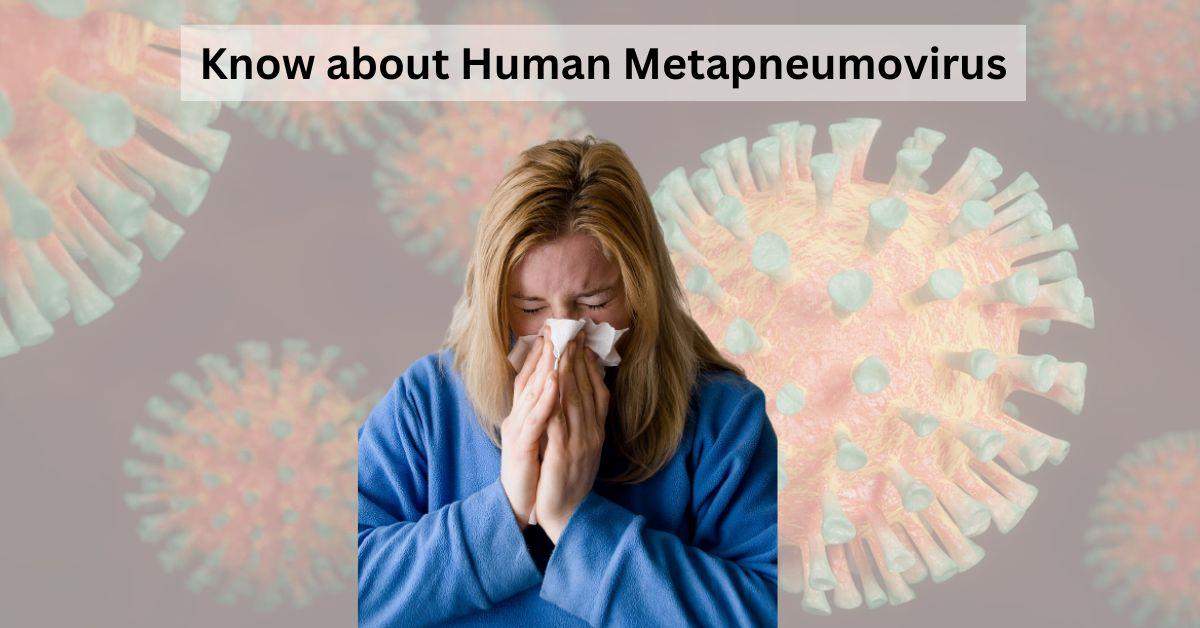Just as the world was beginning to recover from COVID-19, a new virus called human metapneumovirus (HMPV) is emerging. HMPV is a respiratory virus that can cause symptoms similar to other respiratory illnesses, such as the common cold, RSV, and pneumonia. Read below to learn more
What is human metapneumovirus?
The Centers for Disease Control and Prevention (CDC) states “Discovered in 2001, HMPV belongs to the Pneumoviridae family along with respiratory syncytial virus (RSV). “The broader use of molecular diagnostic testing has increased the identification and awareness of HMPV as an important cause of upper and lower respiratory tract infection.”
Human metapneumovirus (HMPV) is a respiratory virus that causes mild to severe illness in people of all ages. Although common among young children, the virus also affects older adults and people who have weak immune systems.
The CDC has mentioned that there has been an increase in HMPV cases and the reason is unknown. The percentage of HMPV positive cases increased to a maximum of 19.6% for antigen tests and 10.9% for PCR tests.
 Source: Centers for Disease Control and Prevention
Source: Centers for Disease Control and Prevention
The CDC also mentioned that in the US, the HMPV outbreak usually occurs in late fall, spring, and winter and subsides during the summer like any normal flu or cold infection.
What are the causes of human metapneumovirus?
HMPV can be transmitted through respiratory droplets produced when an infected person coughs or sneezes. These are the causes of the spread of Human Metapneumovirus:
- Respiratory droplets: HMPV is transmitted through respiratory droplets produced when an infected person coughs or sneezes. These droplets can reach the mouths of people nearby.
- Contact with contaminated surfaces: HMPV can also be transmitted by touching a surface or object that has the virus on it and then touching your eyes, nose, or mouth.
The incubation period for HMPV is 3 to 7 days. This means it will take 3 to 7 days to show symptoms if a person has been exposed to the virus.
There are certain cases where HMPV infection can cause major problems such as pneumonia or bronchitis. The CDC says “The clinical symptoms of HMPV infection can progress to bronchitis or pneumonia and are similar to those of other viruses that cause upper and lower respiratory tract infections.”
What are the symptoms of human metapneumovirus?
The symptoms of this infection can vary from person to person depending on their age and general health. However, these are the common symptoms of HMPV:
Upper respiratory problems: HMPV usually shows symptoms similar to those of a common cold, including a runny or stuffy nose, sore throat, and cough.
Cough: Cough may be persistent and worsen over time.
Fever: Many people infected with HMPV develop fever, although not everyone experiences this symptom.
Difficulty breathing: The virus can cause difficulty breathing, especially in infants, young children, and older adults.
Fatigue: Feeling tired or experiencing a lack of energy is common during any respiratory infection, including HMPV.
Muscle aches: Some people infected with HMPV may experience muscle or body aches.
It is essential to know that these symptoms can resemble those of other respiratory viruses such as Respiratory Syncytial Virus (RSV).
The National Library of Medicine mentioned that “Adult patients with an HMPV infection may be asymptomatic or have symptoms ranging from mild upper RTI symptoms to severe pneumonia.
“Most patients present with cough, nasal congestion and dyspnea. Other reported symptoms are purulent cough, wheezing, sore throat, fever, pneumonia, bronchial (oli)tis, conjunctivitis and otitis media. She described an HMPV infection in an immunocompetent adult that presented as a mononucleosis-like illness.
“Adults with HMPV infection were less likely to have fever compared to adults with RSV or influenza infection. Additionally, adults with an HMPV infection wheezed more frequently compared to adults with RSV or influenza. Falsey et al. showed that this occurs mainly in the elderly population (>65 years).
“Elderly patients also showed more dyspnea compared to younger adults. Young adults with HMPV infection had greater complaints of hoarseness. In frail elderly patients, patients with pulmonary or cardiovascular diseases, and immunocompromised patients, infections can be serious.”
In conclusion, human metapneumovirus is a common respiratory virus that can cause a variety of symptoms that may go away on their own. To ensure safety from this virus, the CDC recommends following basic hygiene tips, such as washing your hands frequently and keeping an appropriate distance from sick people.
Categories: Optical Illusion
Source: ptivs2.edu.vn
